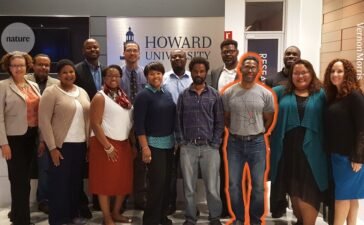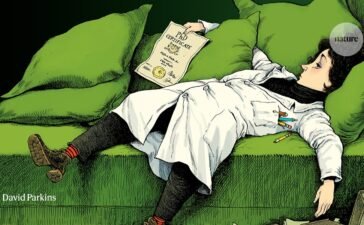“Monarch butterflies (Danaus plexippus) are complex creatures, which is part of what makes them so interesting to me. Every breeding season there are four generations of these butterflies. Three live for only a few weeks, but the fourth survives for six to nine months. Some of this generation emerge from their chrysalises here in Queens, New York City, in September or October. They then begin a long migration to Mexico, before restarting their generational cycle and heading north in March or April.
I became interested in butterflies by chance. I knew a little about their habitats from work I’d done at the wildlife conservation society at New York’s Bronx Zoo. One day in 2019, I saw a lawnmower going down the side of a highway in the city, and cutting through milkweed, which is the main habitat and food source for butterflies and their larvae. I knew that there in the weeds, thousands of eggs and caterpillars were being destroyed. That day was when I started my rescue mission. I set up a habitat in my backyard and started collecting eggs and bringing them home with me. From July through to September, that still takes me around six hours a day, seven days a week.
In this photo, taken in August 2021, I’m in my backyard tagging one butterfly with a small sticker that will help to monitor the population’s progress south. I’ve released thousands of healthy monarchs from eggs I’ve collected by the roadside, which is mown regularly by the Department of Transportation (DOT) here in New York.
Now, I’m working with the DOT to get better protection for monarch habitats. In the long run, this will help the butterflies more than my egg-rescue efforts can. As an animal lover, it’s hard to think about all those creatures that might never have made it to adulthood under a lawnmower’s blades on some random roadside. I do this for them and for their role in the wider ecosystem.”
This interview has been edited for length and clarity.
You Might Also Like
The Nature Podcast highlights of 2025
You have full access to this article via your institution. Download the Nature Podcast 24 December 2025In this episode:00:40 What...
Seeding opportunities for Black atmospheric scientists
Vernon Morris (outlined) with alumni from the atmospheric sciences PhD programme he established at Howard University in Washington DC.Credit: Vernon...
peer reviews created using AI can avoid detection
The difficulty of detecting AI-tool use in peer review is proving problematic.Credit: BrianAJackson/iStock via GettyIt’s almost impossible to know whether...
I’ve earned my PhD — what now?
Illustration: David ParkinsThe problemDear Nature,In December 2024, I finished my PhD in biomedical chemistry in Italy, and I now find...










